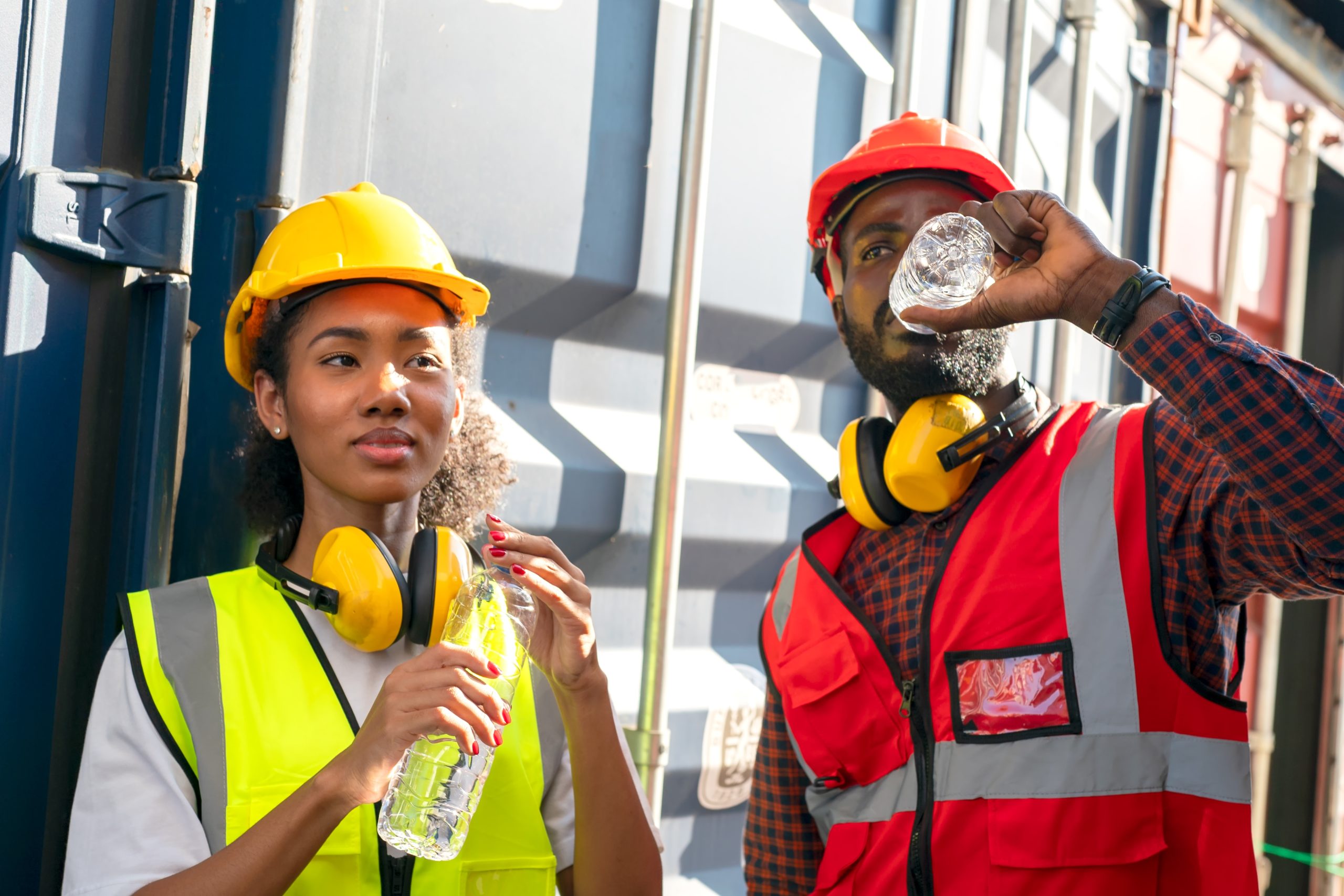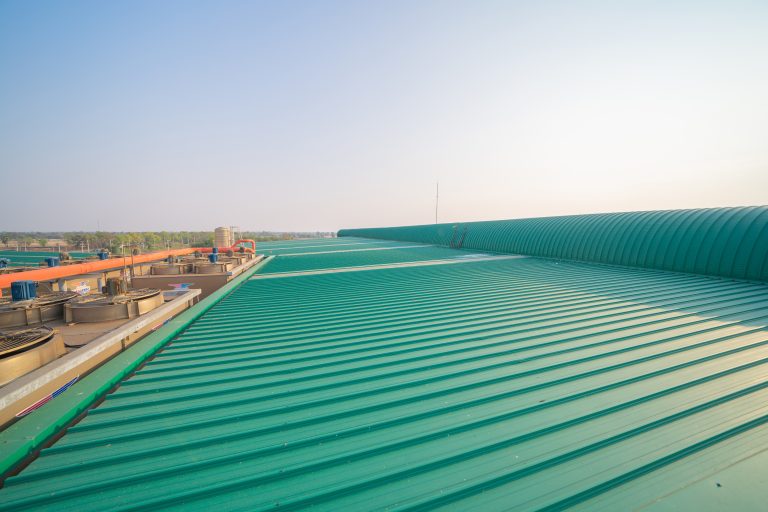Summer is peak season for construction, but it also brings challenges that can impact both worker health and the integrity of materials. High temperatures, strong UV rays, and unpredictable weather can create serious safety risks – not just for the workers on site, but for your project’s timeline, budget, and overall quality. Summer safety practices can make all the difference, so read on for five tips to keep your project on track this season.
1. Prioritize Worker Safety in Extreme Heat: High temperatures can pose serious health risks to workers. Heat exhaustion and heat stroke are common concerns on job sites, particularly during July and August, and it’s crucial to consider how to manage heat exposure. Provide cool drinking water and shaded rest areas, and encourage workers to take breaks, especially during the hottest hours of the day. Healthy, happy crews are more likely to deliver reliable, high-quality work – safely and on schedule.
2. Use Sun Protection and Proper Gear: Prolonged sun exposure not only affects health, but can reduce productivity and increase the chance of errors. Make sure workers are using sunscreen, UV-protective clothing, and gear suited for summer conditions, such as breathable personal protective equipment (PPE). Another option is implementing protocols to help limit UV exposure.
3. Protect Materials from Heat and Humidity: Extreme summer weather can damage building materials, especially when they’re stored or handled improperly. Asphalt can soften, concrete can cure too quickly, and adhesives may fail under high temperatures. Take steps to store materials in shaded areas or temperature-controlled environments, and be willing to adjust the timing of concrete pours or material applications to suit the weather. If you cut corners on material handling, your project could suffer in both durability and appearance.
4. Monitor Weather and Plan Accordingly: Summer storms can roll in fast, bringing lightning, high winds, or heavy downpours. These conditions don’t just delay work; they can also create safety hazards. Mitigate these risks by tracking weather forecasts closely, adjusting schedules as needed – more on this below – and ensuring that tools and materials are secured properly at the end of each day to avoid weather-related damage or safety risks.
5. Adjust Workflows and Schedules: Depending on conditions, it may be necessary to adjust schedules to reduce heat exposure. That might mean starting early in the morning, rotating labour-intensive tasks among workers, or limiting afternoon work when temperatures are at their peak. This flexibility not only protects workers, but also promotes better craftsmanship, because crews working in safer, more comfortable conditions tend to make fewer mistakes.
Keeping job sites safe during the summer requires proactive planning and constant attention. By staying hydrated, protecting against UV exposure, properly storing materials, and preparing for unpredictable weather, you can help ensure both worker safety and project success.
Looking for a team to take the lead on your next project? At Pulse Construction, we’re committed to doing business with an honest, professional, and competitive approach – without compromising safety or schedules. Contact us today for all of your building needs.



